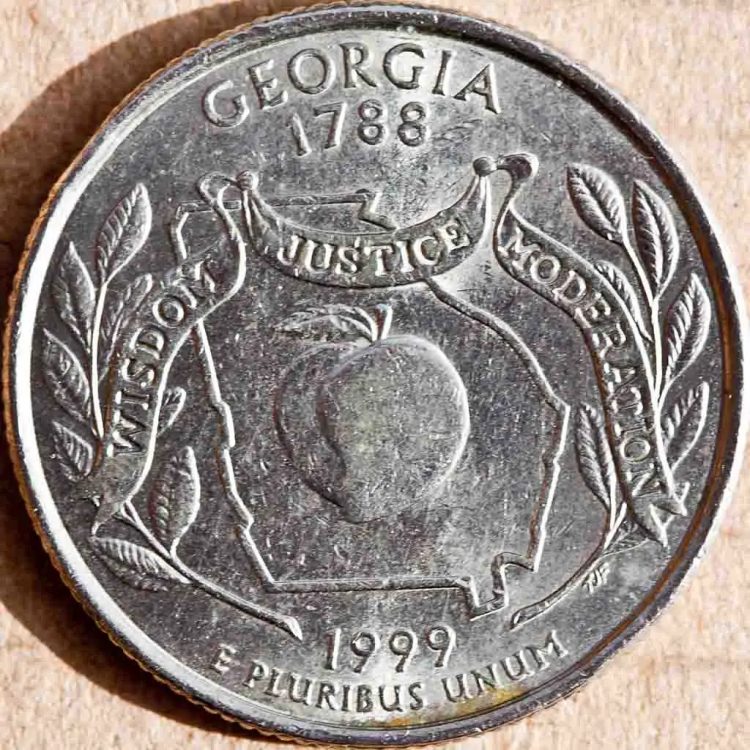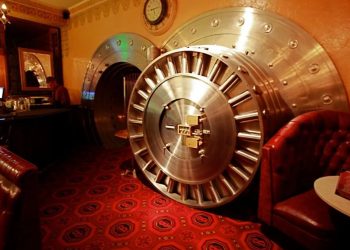Manufacturing errors in coins usually reduce their value, but in the case of some 1999 Georgia state quarters, the error has made them a rare collector’s item. These coins can sell for as much as $10,000.
The 1999 Georgia state quarters have several misprints and “stained” spots, which makes them a hot commodity for collectors. There are five types of errors that can make these quarters worth more than face value:
- Double die error: This occurs when two dies are used to strike the coin, resulting in a mirror-like image. These quarters can sell for $3 to $15.
- Off-center stamped error: This occurs when the coin is not struck in the center of the die, resulting in a misaligned image. These quarters can sell for $150 a piece.
- Stained planchet error: This occurs when a planchet (the blank piece of metal that is struck to create a coin) is not properly cleaned, resulting in a dirty or stained coin. These quarters are not as valuable as other errors, but they can still sell for a premium.
- Thin planchet error: This occurs when a planchet is too thin, resulting in a coin that is lighter than normal. These quarters are not as valuable as other errors, but they can still sell for a premium.
- Experimental planchet error: This occurs when a coin is struck on a planchet that is made of a different metal alloy than the standard copper-nickel alloy. These quarters are the most valuable, and they can sell for up to $10,000.
To find out if your 1999 Georgia state quarter is worth more than face value, you can take it to a coin dealer or a coin grading service.
A coin dealer can tell you how much the coin is worth based on its condition and rarity.
A coin grading service can grade the coin and give it a numerical score, which will also help you determine its value.
If you find that you have a valuable 1999 Georgia state quarter, you can either sell it to a coin dealer or keep it as a collector’s item. These coins are becoming increasingly rare, so they are a good investment.











